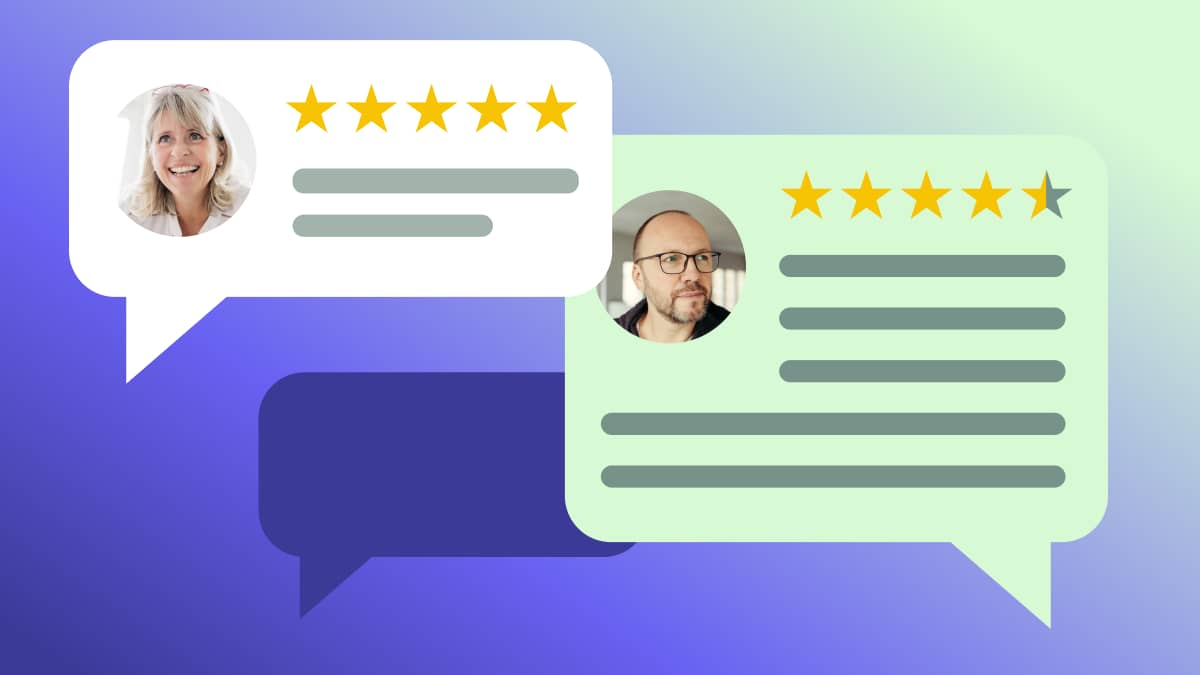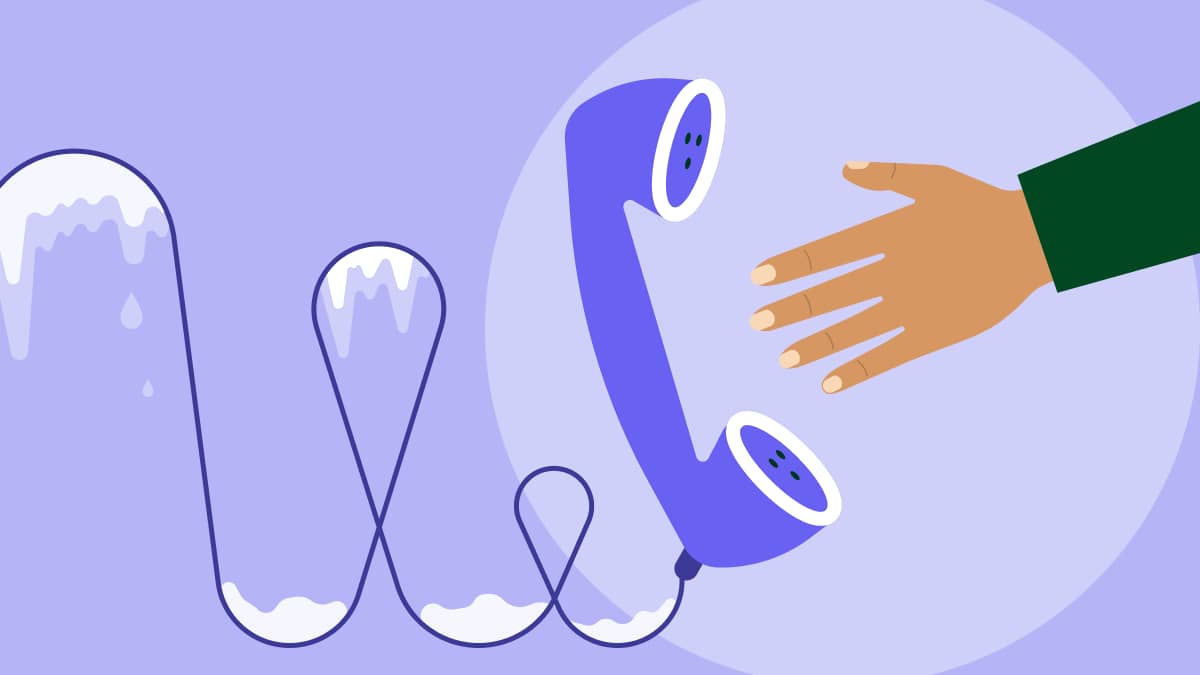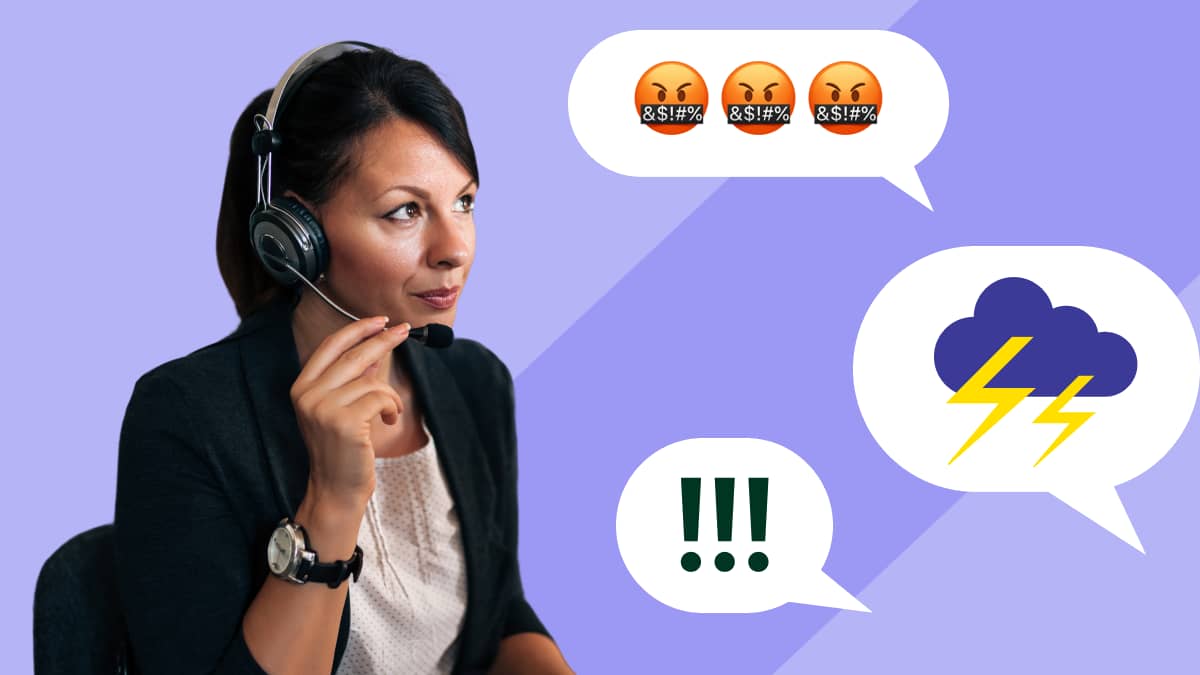Customer experience (CX) outsourcing gives revenue teams a way to meet rising demand without adding permanent headcount. Buyers expect fast answers across chat, email, voice and social, whereas trials create a spike in product questions.
Renewals and expansions depend on timely help. An outsourced model can extend coverage to 24/7, add languages and protect response speed so qualified intent inquiries turn into scheduled sales meetings and stage-tracked opportunities in your sales pipeline.
With the right setup, outsourced CX fits your sales motion through clear service level agreement (SLAs) and defined handoffs. Align on three metrics: first response time (FRT), time to qualified transfer (TQT) and appointment set rate (ASR) to protect speed, context and conversion.
Conversations are captured in your customer relationship management (CRM) software, so notes, next steps and qualification data stay with the account. The guide covers operating models, omnichannel management, service levels tied to revenue, partner selection and a 90 day rollout.
Key takeaways for customer experience outsourcing
Customer experience outsourcing gives revenue teams 24/7 coverage, added languages and faster response without permanent headcount.
Tie outsourced omnichannel customer experience management to revenue outcomes with clear routing, shared playbooks and CRM captured context.
Set and review SLAs that move sales, first response time, time to qualified transfer and appointment set rate, to protect intent and lift meeting rates.
Select partners with sales literacy, native integrations, robust QA and transparent reporting, then pilot narrowly with clear exit criteria and scale on results.
Roll out over 90 days and use a CRM like Pipedrive to centralize interactions, automate SLA timers and report pipeline from outsourced channels, explore how it works and try Pipedrive free for 14 days.
What is customer experience outsourcing for sales?
Customer experience outsourcing is a managed service where a partner handles customer interactions under your brand across channels like chat, email, voice, in-app and social, while feeding context into your CRM and handing qualified opportunities to sales.
In a sales context, scope often includes appointment setting, pricing and trial support, light qualification, warm transfers to reps, renewal assistance and routing expansion signals to account owners.
Unlike generic call coverage, outsourced customer experience is governed by playbooks, QA and service levels tied to revenue outcomes. You define the audience, scripts, brand standards and escalation paths.
The partner provides trained agents, workforce management, multilingual capacity and reporting. Together you operate one knowledge base, one qualification rubric and a cadence of calibrations so pre-sale conversations create momentum instead of friction.
How outsourced CX supports revenue across the funnel
Outsourced customer experience can absorb inbound demand at the top of the funnel. Agents handle first responses via chat and email as part of inbound lead management, answer basic questions and route qualified interest with lead routing rules to the right sales rep. Speed here protects intent and lifts meeting rates.
Note: The Lead Response Management Study found that replying within 5 minutes makes teams 21x more likely to qualify a lead than waiting 30 minutes, staffing chat/email via outsourced CX helps you hit that mark.
During trials, partners guide activation, remove friction and capture product feedback. Conversations are logged in your CRM so notes, blockers and next steps travel with the account. That context shortens discovery and improves forecasting.
Near renewal, a save desk can surface risk early. The sales team escalates usage concerns, aligns on remediation steps and books time with the account owner. For expansion, agents flag new stakeholders or use cases and trigger warm transfers to sales.
The model works when qualification is consistent. Use one set of criteria for fit and intent, define warm transfer standards and review a sample of interactions weekly.
Outsourced omnichannel customer experience management
Omnichannel CX spans chat, email, voice, social DMs and in-app messaging. Each sales channel should serve a specific outcome: chat moves pricing questions to a meeting link, voice handles complex use cases and books a consult, email confirms decisions with a brief recap and next steps.
Routing rules protect intent. Simple questions stay in the CX queue. Qualified interest transfers to sales within a defined time and edge cases escalate to a specialist with a clear handoff path.
Brand voice and knowledge stay consistent. The partner works from your knowledge base, scripts and macros. Release notes flow into enablement and sales agents tag recurring themes so marketing and product see what prospects ask most.
Measurement and key performance indicators (KPIs) ties channels to revenue. Track first response time (FRT) by channel, time to qualified transfer (QTQ), appointment set rate (ASR) and customer satisfaction (CSAT) for pre-sale interactions.
As KPIs improve, meeting volume and qualified opportunities rise. Include first contact resolution (FCR) too: according to SQM Group, every 1% improvement in FCR drives a 1% rise in CSAT and about 1% lower support costs, linking channel KPIs directly to loyalty and margin.
Customer experience outsourcing service levels that move revenue
Set service levels that support revenue moments. Focus on first response time (inbound sales), time to qualified transfer, appointment set rate and pre-sale CSAT. Add a quick data check so each transfer includes the essentials: what was discussed, who owns it and the next step with a date.
Set targets by channel and intent. During business hours, reply to chat in under a minute and to sales emails within the hour. Create fast lanes for high intent signals. Align incentives to these sales targets and review a small QA sample each week to lift both speed and quality.
Monitor downstream impact. Track no show rates and time to first meeting after transfer. If bookings don’t hold, improve the handoff and confirmation steps. Treat service levels as a living agreement and recalibrate monthly based on volume, channel mix and results.
Note: Forrester reports that 53% of US online adults abandon purchases if they can’t find a quick answer and 73% say valuing their time is the most important part of good service. Set tight service level agreements, sub-minute chat and under-hour email and create fast lanes for high-intent signals.
Build vs. buy: when customer experience management outsourcing makes sense
Outsourcing works when demand outpaces coverage, especially during trials, launches or seasonal peaks. It also helps when you need 24/7 or multilingual support, but can’t justify permanent headcount. The goal is faster responses without diluting brand or qualification.
– Deloitte, Global Outsourcing Survey 2024
Keep core strategy and governance in-house. Own the knowledge base, qualification rubric, CRM fields and sales reporting. The partner supplies trained agents, workforce management and capacity across channels.
Anchor the decision in cost per qualified transfer versus your fully loaded internal cost (including delays).
How to select an outsourced CX partner
Use this checklist to vet vendors for revenue impact:
Proven outcomes. Appointment setting, trial support and renewals – ask for vertical case studies and outbound call samples.
CRM/help desk fit. Native integrations, clear field mapping and reliable activity logging, confirm data ownership.
SLA readiness. Agree service levels and a simple handoff checklist: owner, timeframe, context and next step.
Quality review and coaching. Hold weekly review sessions of a sample of calls and chats, use a simple scorecard and check that required fields and next steps are recorded.
Security and data protection. Document how customer data is handled, confirm security certifications and sign a data-processing agreement, keep logs of who accessed what.
Coverage and staffing. Define hours and languages, how quickly new team members are trained and a staffing plan for busy periods and launches.
Reporting visibility. Provide easy-to-read reports by channel and by audience or message, with shared access for your team and the partner.
Pilot design. Target a narrow audience with one offer for 30–60 days, with clear success criteria tied to meetings booked and opportunities created.
Implementation plan: a 90-day rollout for revenue teams
The following CX outsourcing plan lowers risks, keeps messaging consistent and proves improvements in response time, sales handoffs and meetings booked, with clear actions and checkpoints at every phase.
Days 0–30 (foundations): Align scripts, tone of voice with sales mirroring (matching buyer language and pace) and qualification criteria. Map CRM fields, build a shared knowledge base, set channel-specific service level targets, set up test queues and create baseline reports.
Days 31–60 (pilot): Open limited hours and a small set of channels. Handle first responses, apply the qualification criteria and record structured notes. Hold weekly quality reviews with sales managers, refine the handoff and confirmation steps. Track first response time, time to qualified transfer and meeting rate.
Days 61–90 (scale): Expand hours, languages and channels based on the pilot. Set a simple cadence: daily check-ins, weekly quality reviews and a monthly service-level review. Finalize reports for first response time, time to qualified transfer, meeting rate, customer satisfaction and pipeline from outsourced channels, then publish a short improvement plan.
How Pipedrive supports outsourced CX for sales
Pipedrive gives revenue teams a clear, shared view of every interaction. Email sync, sales call tracking and custom fields keep customer history, qualification notes and next steps in one place, so handoffs to sales include the context that moves deals forward.
Sales automations route conversations to the right owner, apply SLA timers and trigger warm transfer tasks with the details a rep needs to act quickly. Alerts surface risks when response times slip or required data is missing, helping managers coach in real time.
Sales dashboards track the metrics that matter for outsourced channels: First Response Time, Time to Qualified Transfer, Meeting Rate, CSAT and pipeline created from the cohort. Shared views keep your partner accountable and make it easy to compare performance by channel, message and segment.
With Pipedrive as the operating layer, outsourced CX stays aligned to revenue goals: consistent qualifications, faster handoffs and measurable impact across the funnel.
Final thoughts
Customer experience outsourcing can unlock faster response, cleaner handoffs and more meetings without expanding headcount. The model works when it’s governed like a revenue program: one knowledge base, clear qualification rules, omnichannel coverage and service levels tied to outcomes.
Make visibility the standard. Operate from your CRM, review SLAs and QA every week and tune routing and scripts based on what moves prospects forward.
With the right partner and operating cadence, outsourced CX becomes a repeatable way to capture intent, protect renewals and create pipeline.





